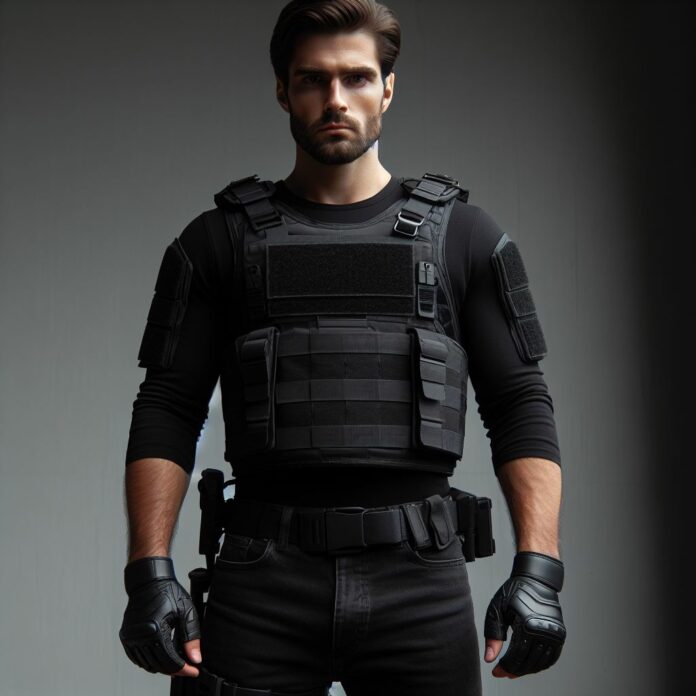Bulletproof vests play a crucial role in providing protection to individuals in dangerous situations. These vests are designed to absorb and distribute the impact of bullets, reducing the risk of injury.
However, one important aspect that is often questioned is the weight of a typical bulletproof vest.
Various factors can affect the weight of a bulletproof vest, including the type of material used, the number of layers, and the design of the vest.
Manufacturers often strive to find a balance between protection and weight to ensure that the vest is both effective and comfortable to wear.
The weight of a bulletproof vest is important for several reasons. First and foremost, it affects mobility. A lightweight vest allows the wearer to move more freely, which is crucial in dynamic situations.
The weight of the vest can impact comfort, as a heavy vest may cause discomfort and restrict movement. Wearing a heavy vest for extended periods can lead to fatigue, hindering performance.
There are also some misconceptions surrounding the weight of bulletproof vests. Some believe that heavier vests offer better protection, but this is not necessarily true.
Understanding the weight of a typical bulletproof vest and its implications is essential for those in professions that rely on this protective equipment.
By finding the right balance between weight, protection, and comfort, individuals can ensure they are adequately protected without compromising their mobility or endurance.
What Materials Are Used in Bulletproof Vests?
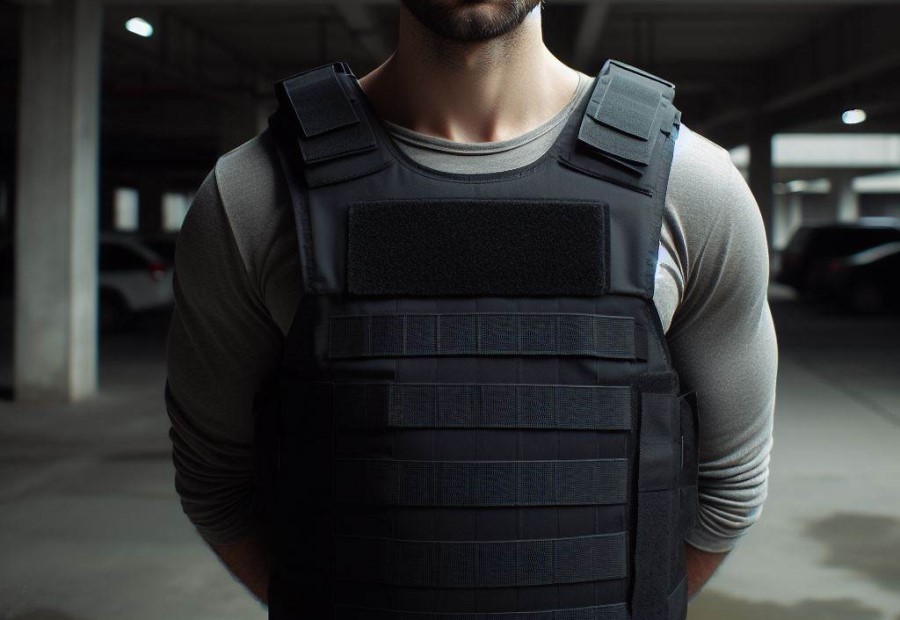
Kevlar
Kevlar is a commonly used material in bulletproof vests.
| Kevlar | Properties |
| Composition | Aramid fiber |
| Strength | 5 times stronger than steel |
| Weight | Lightweight |
| Flexibility | High flexibility, allowing ease of movement |
| Protection Level | Offers excellent ballistic resistance |
| Usage | Used in bulletproof vests, body armor, and helmets |
Kevlar is known for its exceptional strength, being five times stronger than steel, making it an ideal material for bulletproof vests. Despite its strength, Kevlar is lightweight, allowing wearers to move with ease and maintain mobility.
Kevlar is highly flexible, ensuring a comfortable fit for the wearer. It provides excellent protection against bullets and other ballistic threats, making it a popular choice for body armor and helmets.
Kevlar is commonly used in various industries where reliable and high-performance protection is required.
Dyneema
| Material | Strength | Weight |
| Dyneema | 15 times stronger than steel | Lightweight |
Dyneema is a high-performance polyethylene fiber known for its incredible strength, lightweight properties, and resistance to abrasion. The full chemical name for Dyneema is Ultra High Molecular Weight Polyethylene (UHMWPE).
Dyneema is one of the strongest fibers in the world. It has a very high tensile strength, making it resistant to forces that would typically cause other materials to break or deform. Despite its exceptional strength, Dyneema is remarkably lightweight.
Spectra
Spectra is a synthetic fiber used in the construction of bulletproof vests. It is known for its lightweight nature, making it comfortable for wearers.
| Material: Spectra | Type: Synthetic fiber | Weight: Lightweight | Strength: High tensile strength |
Despite its light weight, it possesses high tensile strength, providing excellent protection against bullets and other projectiles. Spectra is a popular material choice for law enforcement, military personnel, and civilians seeking reliable body armor.
When comparing Spectra to other materials used in bulletproof vests, it stands out due to its lighter weight. This characteristic enhances mobility and reduces fatigue for individuals wearing bulletproof vests made with Spectra.
The strength of Spectra ensures the protection and safety of the wearer. When considering the weight and performance of a bulletproof vest, Spectra is an ideal option.
How Heavy is a Typical Bulletproof Vest?
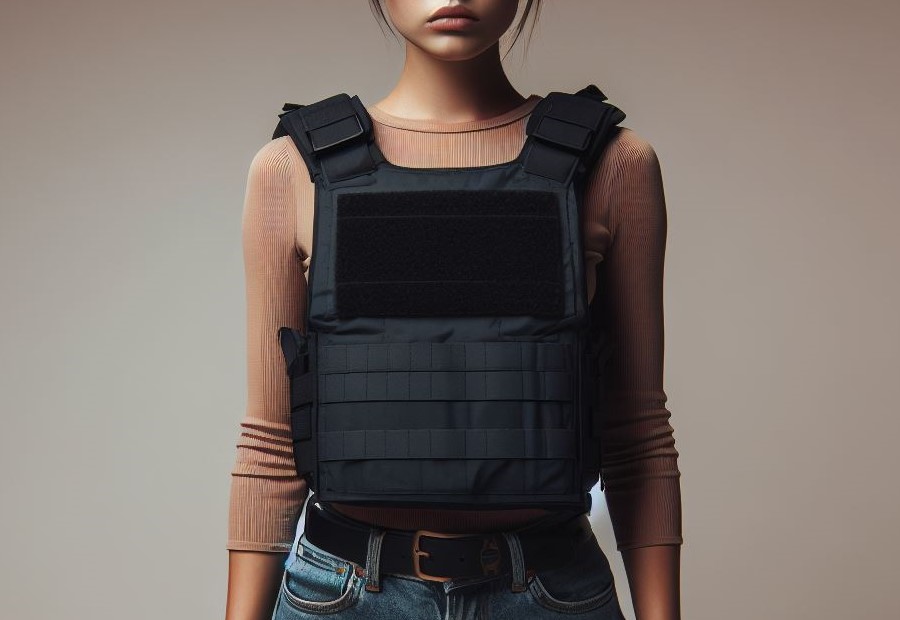
Weight Comparison with Different Levels of Protection
When comparing the weight of bulletproof vests, it is important to consider the different levels of protection they offer.
| Protection Level | Weight Range |
|---|---|
| Level II-A | 1.8 – 2.3 kilograms |
| Level II | 2.7 – 3.2 kilograms |
| Level III-A | 3.6 – 4.1 kilograms |
| Level III | 4.5 – 5.4 kilograms |
| Level IV | 6.8 – 7.7 kilograms |
When choosing a bulletproof vest, it is essential to consider both its weight and the level of protection it provides. Different protection levels have different weight ranges.
For example, a Level II-A vest weighs between 1.8 to 2.3 kilograms, while a Level IV vest can range from 6.8 to 7.7 kilograms. It is crucial to find the right balance between the level of protection needed and the weight of the vest.
Keep in mind that these weight ranges are approximate and may vary slightly based on the brand and design of the vest. Finding a vest that provides the necessary protection without compromising mobility, comfort, and fatigue levels is key.
Factors Affecting the Weight of a Bulletproof Vest
The weight of a bulletproof vest can be influenced by several factors:
- Materials used: The choice of materials, such as Kevlar, Dyneema, and Spectra, can significantly impact the weight of a bulletproof vest.
- Level of protection: Higher levels of protection generally require more layers of material, increasing the weight of the vest.
- Design: The design of the vest, including the number of panels and their placement, can affect its weight.
- Additional features: Pockets, pouches, and attachments for accessories can add extra weight to the vest.
- Size: Larger vests will typically weigh more than smaller ones due to the increased amount of material required.
- Technology advancements: Newer technologies and manufacturing techniques can lead to lighter vests without compromising protection.
- Comfort requirements: Vests that prioritize comfort may incorporate lightweight materials and ergonomic designs to reduce weight.
- Regulatory standards: Compliance with safety regulations and standards can influence the weight of a bulletproof vest.
Considering these factors is crucial when choosing the right bulletproof vest, as it ensures that the vest strikes the right balance between protection and wearability.
Why is the Weight of a Bulletproof Vest Important?
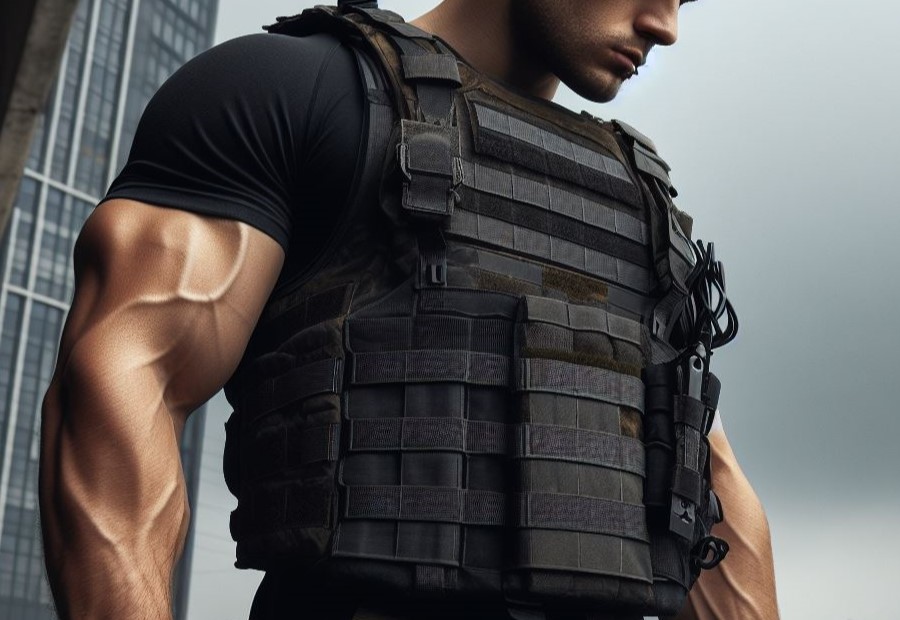
Mobility
Mobility is a crucial factor to consider when it comes to bulletproof vests, as it directly affects the effectiveness and usability of the vest. Here are some important points to understand about mobility:
- Range of Motion: A bulletproof vest should allow the wearer to have a wide range of motion, including the ability to move their arms, shoulders, and torso freely. This is important for tasks such as aiming a weapon or performing physical tasks.
- Weight Distribution: The distribution of weight in the vest plays a significant role in mobility. Ideally, the weight should be evenly distributed to avoid placing excessive strain on any specific area of the body. This allows for better balance and movement.
- Flexibility: A good bulletproof vest should be flexible enough to allow for natural movement without restricting the wearer. It should not hinder actions such as bending, crouching, or running.
- Fit and Adjustability: Proper fit and adjustability are essential for mobility. The vest should be securely fastened but still allow for adjustments to ensure a comfortable fit that doesn’t restrict movement.
- Lightweight Materials: The use of lightweight materials in the construction of bulletproof vests can significantly enhance mobility. Advanced materials like Kevlar, Dyneema, and Spectra offer excellent protection without adding unnecessary weight.
Considering these factors will help ensure that the bulletproof vest provides adequate protection while allowing for optimal mobility in various situations.
Comfort
Comfort is a crucial factor to consider when choosing a bulletproof vest. The vest should fit properly and provide a range of motion without causing discomfort. To enhance comfort, manufacturers often utilize lightweight materials and ergonomic designs.
The weight of a bulletproof vest directly affects its comfort level. A lighter vest allows for easier movement and reduces fatigue, especially during extended periods of wear.
Additionally, adjustable straps and padding contribute to a more comfortable fit. It is important to note that comfort should not be prioritized over the level of protection offered by the vest.
While comfort is significant, the vest must still meet necessary safety standards to effectively safeguard the wearer.
So, when selecting a bulletproof vest, it is crucial to find a balance between weight and comfort, ensuring both optimal protection and freedom of movement.
Fatigue
Wearing a heavy bulletproof vest can result in fatigue. The excessive weight places a strain on the body, leading to tiredness and decreased physical performance.
The constant exertion required to bear the weight can make movements sluggish and more strenuous. This can have a detrimental impact on the wearer’s capacity to react swiftly in crucial situations.
Fatigue can also affect endurance, making it harder to wear the vest for long periods without experiencing extreme discomfort. The additional pressure on the shoulders and back can induce muscle fatigue and soreness.
It is crucial to consider the weight of a bulletproof vest in order to minimize fatigue and ensure optimal mobility and comfort for the wearer.
Common Misconceptions About the Weight of Bulletproof Vests
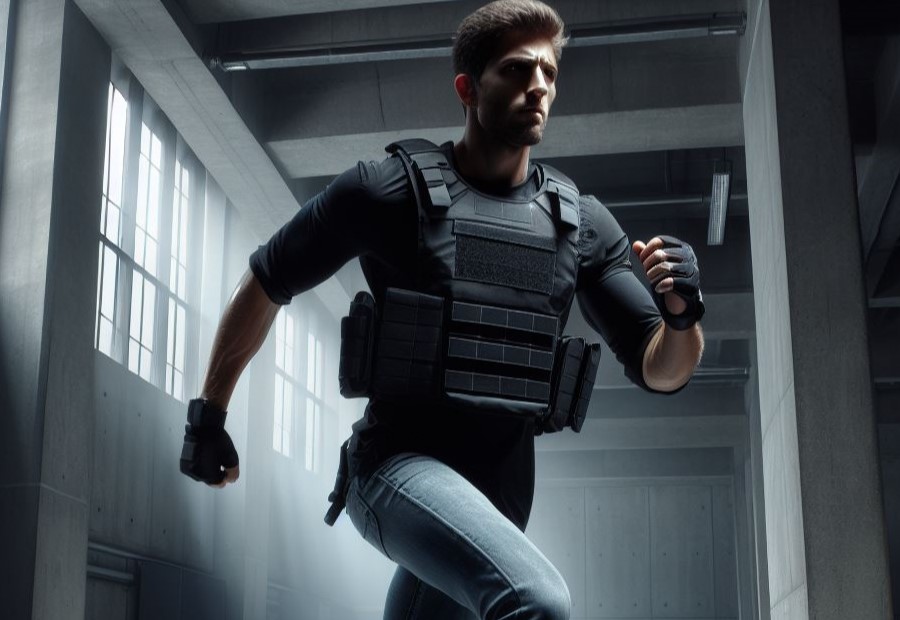
There are common misconceptions about the weight of bulletproof vests. Many people mistakenly believe that bulletproof vests are extremely heavy and cumbersome to wear.
However, in reality, the weight of bulletproof vests can vary depending on the level of protection and materials used.
While some vests designed for high-level protection may be heavier, the majority of vests worn by law enforcement officers and military personnel are relatively lightweight.
Most modern bulletproof vests weigh between 5 and 8 pounds, which is comparable to carrying a couple of water bottles. Advancements in technology and materials have led to the development of lighter vests without compromising on protection.
It is important to note that the weight of a bulletproof vest should be balanced with its ability to provide adequate protection.
Wearing a properly fitted vest can distribute the weight evenly across the body, minimizing discomfort and fatigue. Contrary to popular belief, the weight of a bulletproof vest does not hinder mobility or agility, allowing wearers to perform their duties effectively.
Understanding the reality of the weight of bulletproof vests can help dispel misconceptions and promote their use for personal safety and protection in dangerous situations.
Frequently Asked Questions
How heavy is a typical bulletproof vest?
A typical bulletproof vest can vary in weight depending on the level of protection and materials used. For civilians, a lightweight vest usually weighs around 2-3 kg, while tactical military gear can weigh between 9-15 kg.
Factors such as the size of the protection area, thickness of the materials, and size of the protective plates can all contribute to the overall weight of the vest.
What are the materials used in bulletproof vests?
Bulletproof vests are commonly made with materials such as Kevlar and Dyneema fibers, which provide excellent ballistic resistance. In some cases, vests may also include titanium or aramite plates for added protection.
These materials offer different levels of strength, durability, and weight, contributing to the overall ruggedness of the vest.
What level of protection does a bulletproof vest provide?
Bulletproof vests are categorized into different levels of protection, ranging from Level II-A (thinnest) to Level IV (thickest). Soft body armor can effectively stop bullets from most handguns, while hard body armor is designed to withstand rifle bullets or shotgun slugs.
The specific level of protection a vest provides depends on the materials used and the thickness of the vest.
Are bulletproof vests legal to own?
Yes, bulletproof vests are legal for regular citizens to purchase in many countries, including the US and UK. However, certain countries may have restrictions based on location and criminal history.
It is important to familiarize yourself with the laws and regulations regarding bulletproof vests in your specific jurisdiction.
Do bulletproof vests prevent all injuries?
No, while bulletproof vests can save lives by reducing the risk of injury from ballistic attacks, they cannot prevent all injuries.
Vests are designed to absorb the energy of bullets, reducing their impact, but they may not fully eliminate the force from high-velocity or powerful rounds. Other safety measures should also be taken into consideration to ensure overall protection.
How should a bulletproof vest be worn for maximum protection?
To ensure maximum protection, it is important to wear a bulletproof vest correctly. The vest should be properly fitted to your body, with the shoulder straps and side straps adjusted snugly.
The vest’s ballistic panels should cover vital areas such as the chest, back, and sides. Following the manufacturer’s instructions and guidelines will help ensure the vest provides optimal protection.

